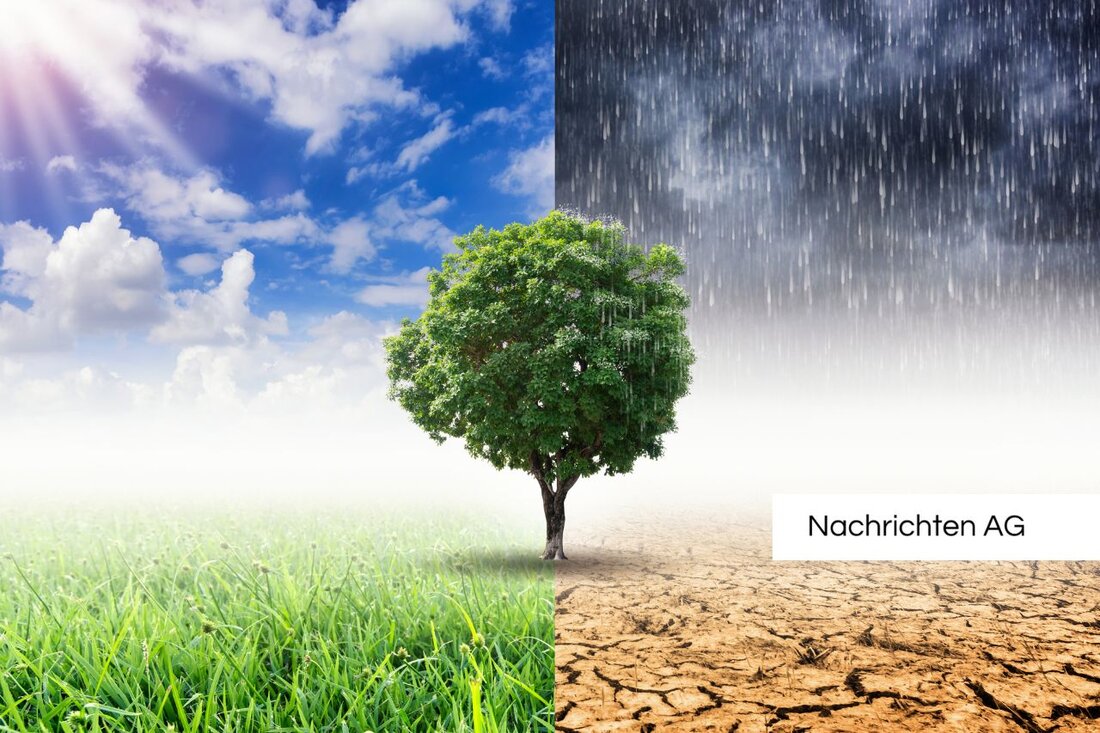Tree protection: Protect trees better - why street trees have to survive!
Tempelhof-Schöneberg is committed to tree protection: Measures prevent damage caused by parking, promote urban greening and quality of life.

Tree protection: Protect trees better - why street trees have to survive!
On October 4, 2025, the district office Tempelhof-Schöneberg set a strong sign of tree protection in the city. In a current press release, it is pointed out that measures are taken to prevent the driving of tree slices from using vehicles. This procedure is of crucial importance, since driving the tree slices compresses the soil and thus significantly impairs the water and oxygen supply to the roots. The district councilor Dr. Saskia Ellenbeck explained that the weight of the vehicles can even lead to roots break underground, which endangers the supply of the trees.
The disease or the death of trees is a serious danger that must not be underestimated. Road trees play an important role in the urban environment by donating shadows that improve the microclimate, filter pollutants and offer habitat for animals. A main focus is on maintaining and protecting the tree disc, the sensitive area around the trunk of a tree. These areas are sensitive and external influences, so that unsealed soil and protection against vehicle damage is crucial for the survival of the trees.
Meaning of the tree disc
The tree disc, also known as the root bridge, is the area that merges into the roots of the tree and houses roots located high in the ground. The care and protection of this area are essential for the growth of healthy trees in urban areas. It is particularly important for younger trees that the vegetation around them remains sparse to minimize competition for water and nutrients. Adequate protection of these areas contributes to the general health of the city trees and promotes sustainable city greening.
The need for effective city greening is becoming increasingly clear these days. In view of climate change, green areas are of crucial importance to improve the quality of life of the residents and to have a positive effect on the urban climate. Various cities worldwide are already relying on innovative greening projects to increase resilience compared to climatic extremes. The implementation of green space plans shows positive effects by promoting biodiversity, reducing CO₂ and fighting the Urban Heat Island effect. An example of this is the city of Basel, where legal greening regulations have been introduced to improve insulation and reduce the heat island effect.
Measures to strengthen the city greening
The “Future Stadtgrün” project, which is equipped with a budget of 50 million euros, supports sustainable and natural designs in urban rooms. These funding programs offer both incentive measures for private and commercial projects and are part of a comprehensive strategy to improve urban design. The aim of these initiatives is not only the creation of habitats, but also the promotion of social interaction within the community.
Overall, it shows that sustainable planning and awareness of the protection of trees and green areas in the city are of central importance. They are not only an aesthetic part of the cityscape, but also make a significant contribution to the quality of life and ecological diversity. Through a targeted city winding and a population of well -protected and well -kept road trees, the resilience of our cities can be increased decisively to the challenges of climate change.

 Suche
Suche
